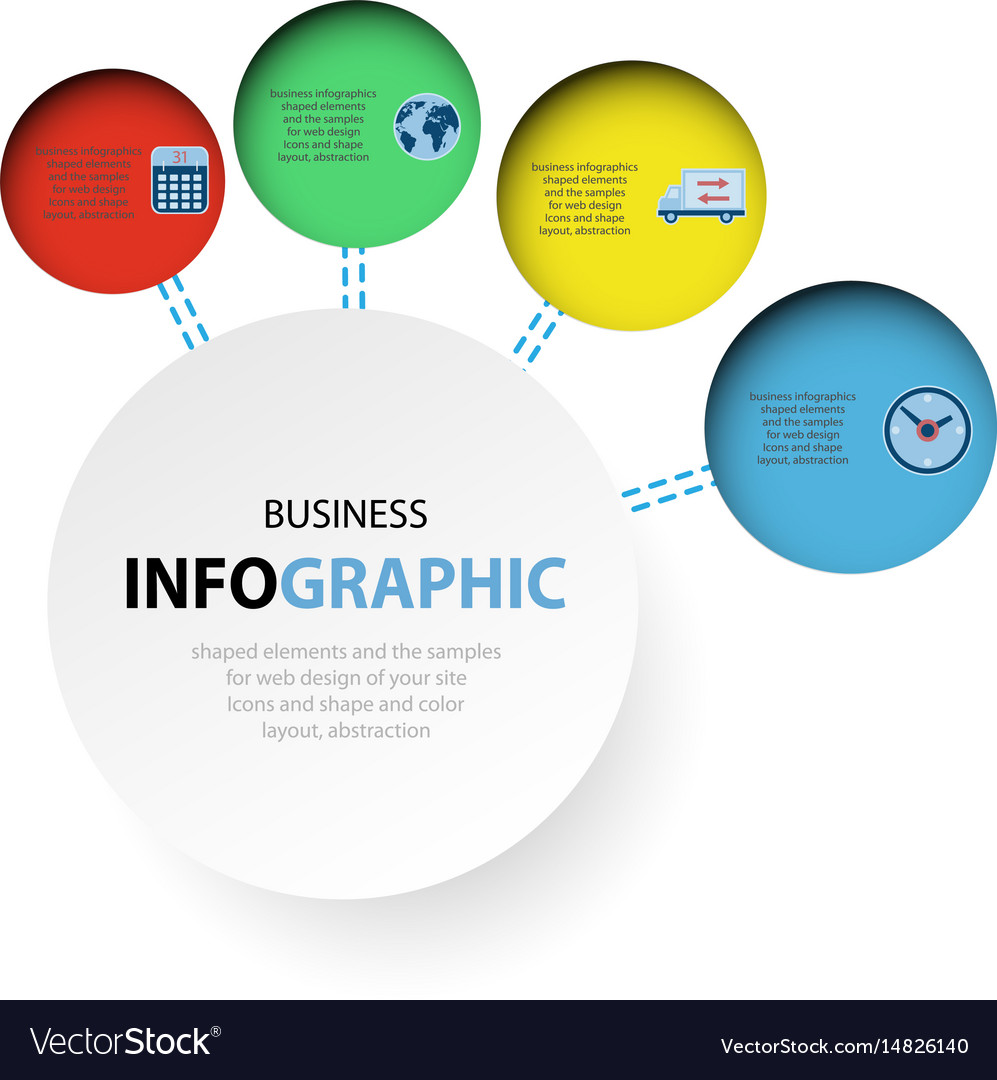Key Elements Of Site Layout: Approaches For Developing An Accessible Individual Experience
Key Elements Of Site Layout: Approaches For Developing An Accessible Individual Experience
Blog Article
Web Content By-Hovmand Neville
When it comes to website design, making sure user-friendliness is essential. From responsive style to structured navigation, every aspect plays a critical duty in developing a website that caters to your target market's needs. However what concerning the finer details that can make or break an individual's surfing experience? Keep tuned as we reveal some often-overlooked suggestions that can raise your internet site's usability to the following level, making it absolutely stand out in the electronic landscape.
Significance of Responsive Design
Responsive design is a critical element of modern-day web site advancement. Ensuring your web site is responsive ways that it can adapt to different screen dimensions and tools, supplying a seamless experience for individuals.
With the enhancing use of smartphones and tablet computers to access the web, having a responsive design is vital for reaching a larger audience. It helps in improving user experience by making your internet site easy to navigate and keep reading any type of tool.
In addition, responsive layout can favorably affect your internet search engine positions, as online search engine like Google focus on mobile-friendly sites. By having a receptive design, you're likewise future-proofing your web site, as new tools with differing display sizes remain to emerge.
Simplify Navigating Structure
To boost user experience and promote simple accessibility to information on your website, simplifying the navigating structure is critical. When creating your website, concentrate on developing a clear and instinctive navigating menu that aids site visitors locate what they're trying to find quickly.
Limit the number of food selection products to the basics, grouping relevant pages together to stay clear of frustrating users. medical website design detailed labels that plainly indicate the web content of each web page, making it easier for users to comprehend where each web link will take them.
Consider applying dropdown food selections for subcategories to avoid jumbling the major navigating bar. Furthermore, consist of a search bar plainly on the page for users who like searching for certain info.
Focus on mobile responsiveness in your navigation design to make sure easy accessibility on all gadgets.
Maximize Web Page Lots Rate
Improving page lots speed is critical for keeping visitors on your internet site. Slow-loading web pages discourage customers and can result in high bounce rates. To optimize page lots speed, begin by maximizing images. Press pictures without compromising top quality to minimize their data sizes.
Furthermore, allow web browser caching to store frequently accessed sources locally, speeding up load times for returning site visitors. Minify CSS, JavaScript, and HTML data by removing unneeded personalities, comments, and format, boosting tons speed.
Think about utilizing a material shipment network (CDN) to disperse your internet site's content across numerous servers worldwide, decreasing latency for customers accessing your site from various places. Finally, restrict the use of third-party manuscripts and plugins, as they can significantly impact tons times.
google maps seo optimization
In conclusion, by including responsive style, streamlining navigating, and optimizing page tons speed, you can develop an user-friendly website that attract a bigger target market and boosts customer experience. These essential elements make certain that site visitors can quickly gain access to and browse your website throughout different gadgets, bring about raised involvement and contentment. By focusing on these key elements, you can construct a successful site that keeps users returning for even more.
